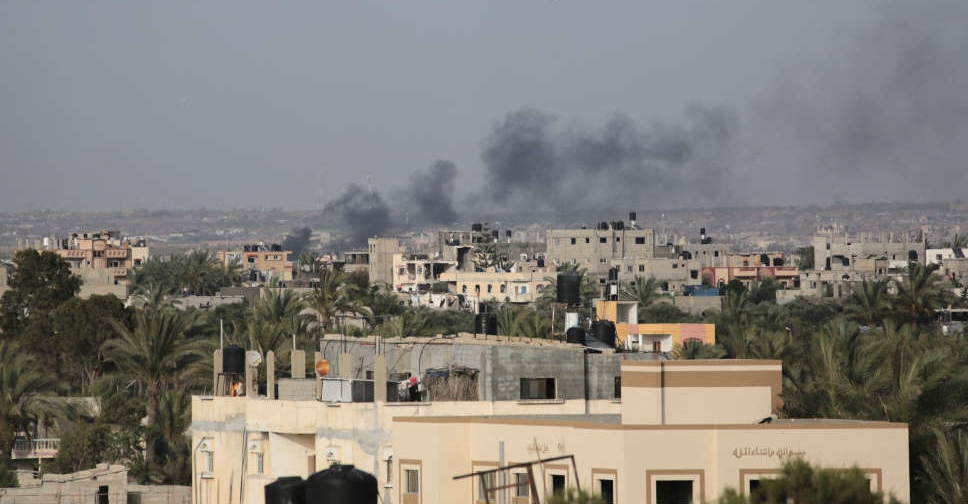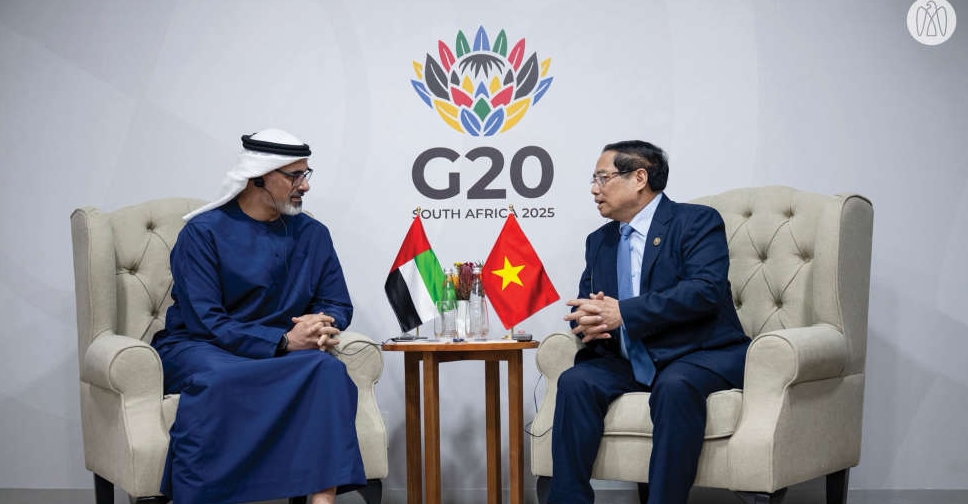
COP30 has unveiled a new 'Five-Year Vision for the Global Climate Action Agenda', marking a major step forward in delivering real-world climate action.
Building on the progress leading up to Belém, the vision charts an action-oriented, coordinated pathway for governments, businesses, investors, cities, subnational regions, Indigenous Peoples, and civil society to accelerate delivery of the Paris Agreement.
It supports a shift from negotiations to implementation through the redefined Action Agenda, which has unified and optimised more than 480 initiatives to deliver 117 concrete delivery plans, known as Plans to Accelerate Solutions. It builds on the work on the ground in the lead up to and at Belém, spanning progress across six thematic and 30 key objectives to speed the scaling and delivering of real-world climate progress.
“To accelerate implementation, we need a coalition of the willing. We need a whole-of-society approach. Our countries are not able to implement the commitments made here without the private sector, the investors, the subnational governments and all our societies,'' said Ana Toni, COP30 CEO.
Across the six axes, partners from all corners of the climate ecosystem showcased tangible progress, demonstrating how the Action Agenda is accelerating delivery for people, the economy and the planet:
Axis 1: Transitioning Energy, Industry & Transport — A global coalition of partners agreed to drive a $1 trillion investment plan to triple renewable capacity by 2030, supported by strengthened grid ecosystems and major utility commitments including $148 billion annually for grids and storage.
Axis 2: Stewarding Forests, Oceans & Biodiversity — Governments delivered early on the $1.7 billion COP26 land-tenure pledge and renewed it with an additional $1.5–2 bn, ensuring 20% of finance flows directly to Indigenous Peoples and local communities and advancing protection across 160 million hectares.
Axis 3: Transforming Agriculture & Food Systems — More than 40 partners reported $9 bn invested for regenerative landscapes, reaching 12 million farmers across 110+ countries and restoring over 210 million hectares.
Axis 4: Building Resilience for Cities, Infrastructure & Water — Cities and regions representing 25,000 buildings and $400 bn in annual turnover cut 850,000 tonnes of CO₂ in 2024, while new finance platforms aim to reach 200 cities by 2028.
Axis 5: Fostering Human & Social Development — The Belém Health Action Plan, the world’s first international climate-health adaptation plan, launched with support from 35 philanthropies and $300 mn committed, while 437.7 million people have already gained resilience benefits through Race to Resilience campaigns.
Axis 6: Unleashing Enablers & Accelerators — Adaptation Finance (FINI) partners announced $1 trillion in investible adaptation pipelines by 2028, with 20% coming from private investors, plus $500 million from multilateral agencies and philanthropies, to build local capacity for implementation.
Together, these outcomes demonstrate that when the world aligns around clear purpose and collaborative action, tangible progress can be accelerated at the pace and scale this moment demands.
“We’ve seen what happens when every part of society steps forward: solutions scale, resilience strengthens, and hope becomes real. The Five-Year Vision carries this spirit into the next era of global climate action — a unifying framework that keeps us focused, accountable, and moving at the pace the world needs. This is about accelerating progress everywhere, for everyone,'' said Nigar Arpadarai, Climate High-Level Champion for COP29.

 Ukraine strikes Russian power and heat station in Moscow region
Ukraine strikes Russian power and heat station in Moscow region
 Israeli airstrike on car in Gaza City kills four, others wounded, medics say
Israeli airstrike on car in Gaza City kills four, others wounded, medics say
 Number of students abducted in Nigerian school attack raised to over 300
Number of students abducted in Nigerian school attack raised to over 300
 Ukraine faces 'difficult choice' as Trump demands acceptance of peace plan
Ukraine faces 'difficult choice' as Trump demands acceptance of peace plan
 Trump lavishes praise on Mamdani at warm White House meeting
Trump lavishes praise on Mamdani at warm White House meeting




